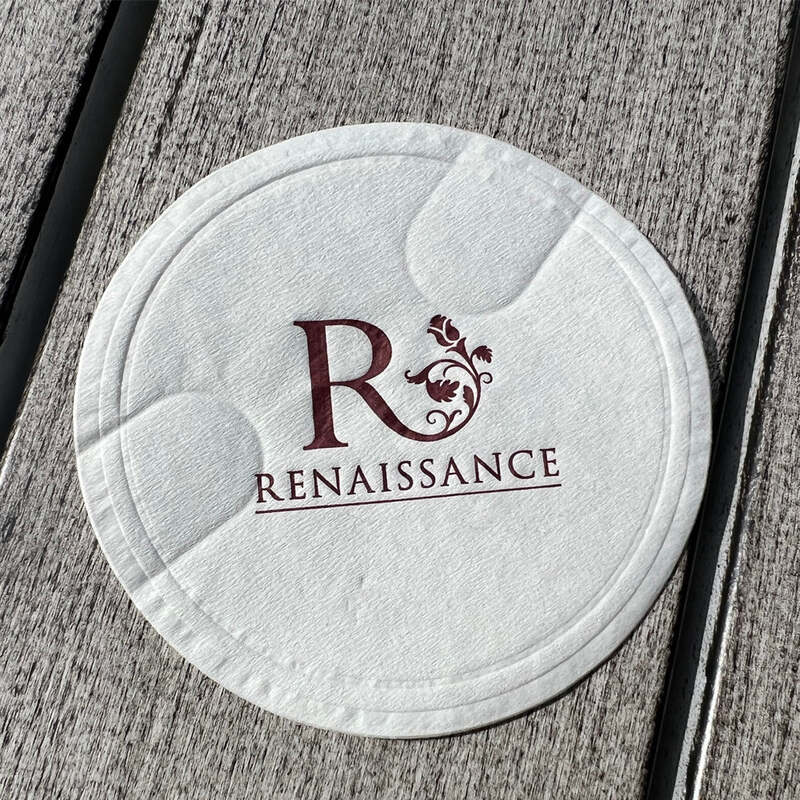Innovative Design in Food Containers Meeting Modern Needs
As our lifestyles evolve, so do the products we use daily. One of the most essential yet often overlooked items in our kitchens is food containers. Given the rise of meal prepping, sustainable living, and on-the-go eating, the design of food containers has become more crucial than ever. Innovative food container design not only caters to the practical needs of consumers but also addresses environmental concerns and aesthetic preferences.
Functionality and Versatility
At the core of effective food container design is functionality. Modern consumers require versatile containers that can accommodate a variety of food items, from liquids to solids, snacks to full meals. This has led to a rise in stackable and modular designs, maximizing storage space both in the fridge and during transport. Containers with adjustable compartments allow for the separation of food items, preventing them from mixing and ensuring freshness. Furthermore, microwave-safe and dishwasher-safe materials are increasingly in demand, providing convenience for those with busy lifestyles.
Moreover, the trend of meal prepping has transformed the way food containers are designed. Individuals planning their meals for the week need containers that not only facilitate easy storage but also help portion control. Products designed specifically for this purpose often incorporate easy-to-read measurement markings, allowing consumers to accurately portion out their meals at home.
Sustainable Materials
Environmental sustainability is another key consideration in the design of food containers. With the growing awareness of plastic pollution and its impact on the planet, manufacturers are seeking alternative materials that are both eco-friendly and durable. Biodegradable plastics, glass, and stainless steel are becoming popular choices, allowing consumers to minimize their environmental footprint.
Additionally, some brands are leading the way by creating food containers from recycled materials, showcasing innovation and responsibility. The use of sustainable materials not only addresses consumer demand for eco-conscious products but also appeals to a growing market of environmentally aware individuals who prioritize green living in their purchasing decisions.
food containers design

Aesthetic Appeal
In recent years, aesthetics have become an integral part of food container design. As social media platforms like Instagram and TikTok continue to influence consumer behavior, the visual appeal of food containers has taken center stage. Bright colors, sleek designs, and attractive packaging have become essential qualities that appeal to a younger demographic. Many consumers appreciate containers that are not just functional but also enhance the presentation of their meals.
This shift has led to the development of products that combine form and function. For example, glass containers with bamboo lids or silicone wraps in vibrant colors can make leftovers look appealing – a significant consideration for those who love sharing their culinary creations online. The design of food containers has evolved to embrace a lifestyle choice, blending practicality with style.
Smart Technology Integration
As smart technology continues to permeate various aspects of daily life, the food container industry is not left behind. Innovations such as integrated temperature sensors, app connectivity, and smart lids that can track food freshness are becoming increasingly common. These technologies allow consumers to monitor their food storage more effectively, reducing waste and enhancing the overall experience of meal management.
By connecting to smartphones, some containers can provide alerts when food is nearing its expiration date or suggest the best storage methods, further enriching the consumer's experience. These advancements showcase how thoughtful design can address both convenience and sustainability.
Conclusion
The design of food containers plays a crucial role in meeting the demands of modern lifestyles while promoting sustainability and aesthetic appeal. As consumers become more conscious of their choices, the food container industry must continue to innovate, focusing on functionality, environmental responsibility, and style. With advancements in materials and technology, the future of food containers looks promising, reflecting the changing values and needs of society. In this ever-evolving landscape, the humble food container emerges not just as a storage solution, but as a vital component of lifestyle management and environmental stewardship.



